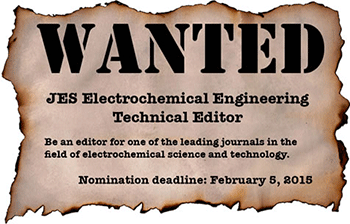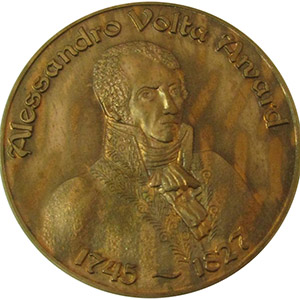Morocco has officially opened the Noor I power plan — a massive solar power plant in the Sahara Desert that is poised to provide renewable energy to more than one million Moroccans.
Projects show the Noor I power plants with the capability of generating up to 160 megawatts of power. Thousands of solar panels cover an expansive piece of the desert, making it one of the world’s biggest solar thermal power plants.
But Morocco is well on the way to developing the single largest solar power production facility in the world, with Noor II and Noor III already underway.
This from NPR:
Morocco currently relies on imported sources for 97 percent of its energy consumption, according to the World Bank, which helped fund the Noor power plant project. Investing in renewable energy will make Morocco less reliant on those imports as well as reduce the nation’s long-term carbon emissions by millions of tons.
Because of the climate in the Sahara Desert, the systems will work by capturing the sun’s energy as heat and converting water into steam, thus turning the turbines.
This differs from a traditional photovoltaic system, where the thermal system carries the ability to function without direct sunlight. Additionally, energy storage technologies are not necessary for evening use.






 The Europe Section has established the Alessandro Volta Medal, an award to recognize outstanding contributions in electrochemistry and solid-state chemistry and technology in Europe.
The Europe Section has established the Alessandro Volta Medal, an award to recognize outstanding contributions in electrochemistry and solid-state chemistry and technology in Europe.

